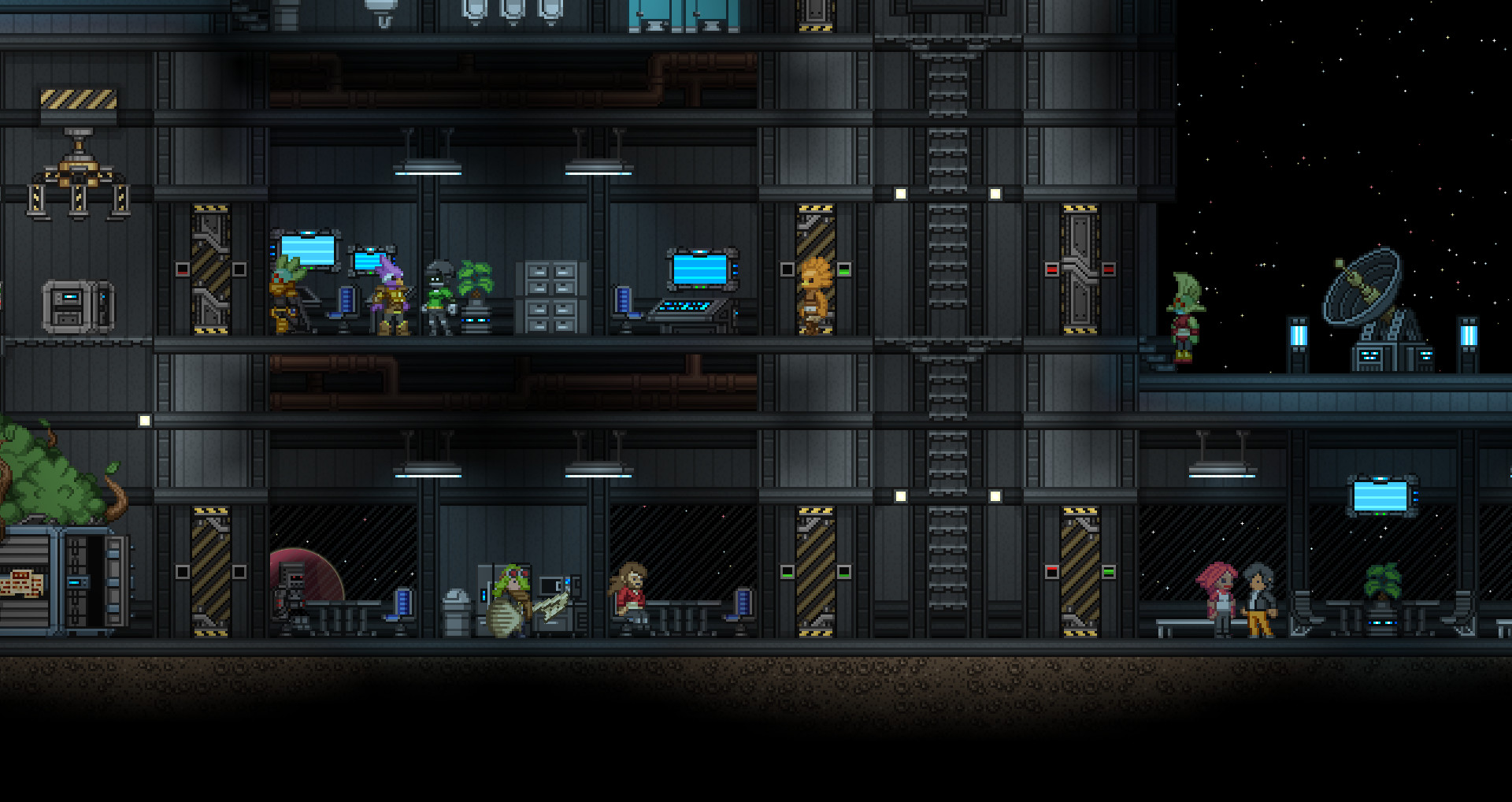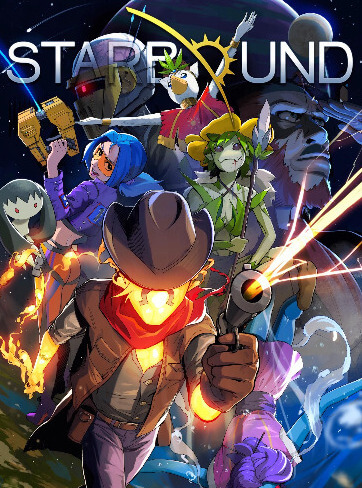

That in itself is fairly standard roguelike gameplay, but the hitch is that healing items become absolutely critical in the late game, and sometimes I found myself in a vicious cycle where multiple deaths depleted not just my supply, but my ability to acquire more of these necessary provisions by draining my bank account. If that happens to be in the depths of an ice world past several fathoms of respawning enemies, getting back to your stuff intact can be a huge problem. Dying in most areas means dropping all of your crafting materials, food, and consumables. It's easy for its risk-reward systems to catch you in a death spiral.Starbound did manage to frustrate me a few times, in that it’s a bit too easy for its risk-reward systems to catch you in a death spiral. The frantic, retro-hardcore difficulty left me craving more. Each of them is very distinct from the next, and some of the later ones are a serious challenge straight from the old-school Mega Man playbook, ranging from massive, skeletal dragons to lightning-quick swordsmen with complex attack patterns to learn. I especially loved the story-based chapter bosses. Meanwhile each weapon type has a specific niche and encourages a different style of fighting, to the point that switching from a sniper rifle to a sword and shield made me feel like I was almost playing a different game. Diverse enemies and fighting styles allow experimentation and prevent battles from becoming stagnant and repetitive.

The side-scrolling combat, whether you prefer a melee weapon or slightly more thematically appropriate firearms, is tactical, responsive, and at times intensely challenging. Other than gathering resources, the main way you interact with these places is by killing their inhabitants. Exciting, randomized locations, hidden ruins, new crafting resources, and quests round out these worlds and help them come alive. And that's just in one vertical slice of a single planet. It's fully possible to land on a frozen world and drill down to a liquid ocean, beneath which is a temple made of bones, which in turn hides a steampunk mineshaft leading even deeper to a lava-filled mini dungeon.

I wasn’t fully prepared for some of the downright disturbing (in a good way!) buried biomes I came across, and I’d rather not spoil them for you here other than to say to expect the unexpected. Each also contains several different biomes, both above and below ground, so you can travel from one side of a forest moon to the other and see three or more types of arboreal environments. There are over a dozen interesting planet types to discover, from temperate to jungle to roiling seas of magma, and procedural generation guarantees an endless supply of them to explore. Randomized locations, hidden ruins, resources, and quests round out these worlds.Each planet I visited had me breaking blocks, exploring caves, and hunting for resources to combine and craft into items, but each one is unique.


 0 kommentar(er)
0 kommentar(er)
